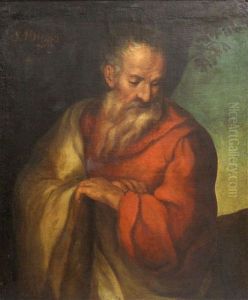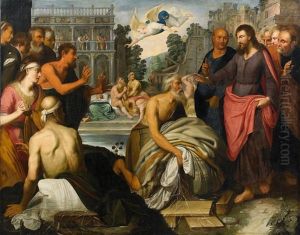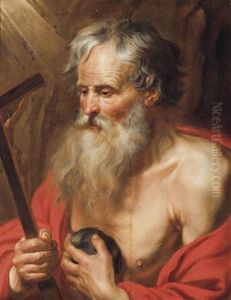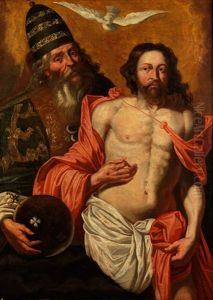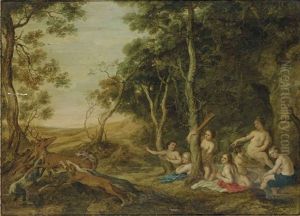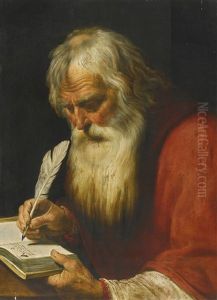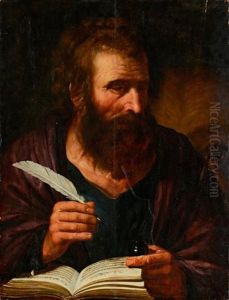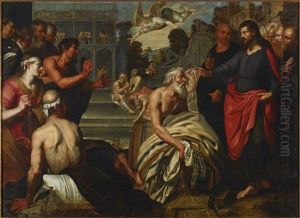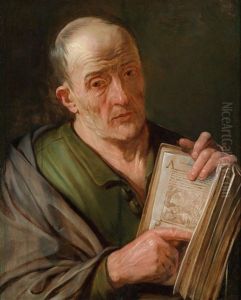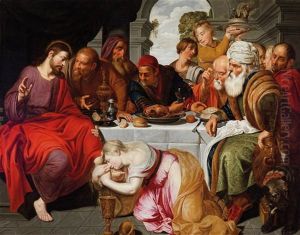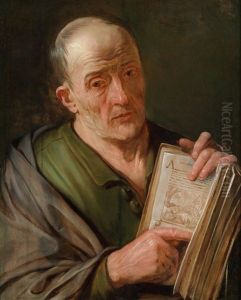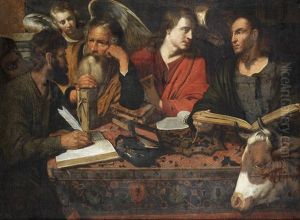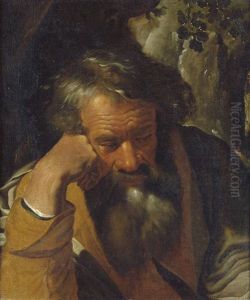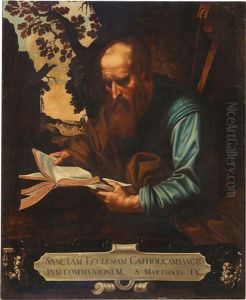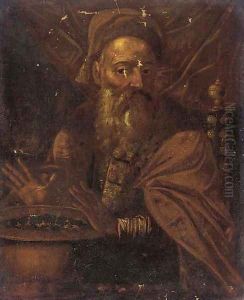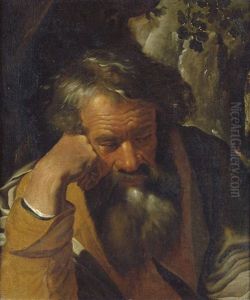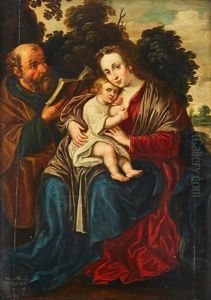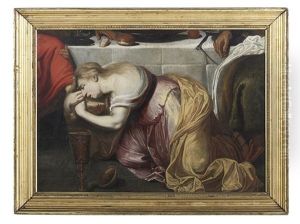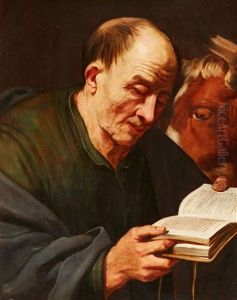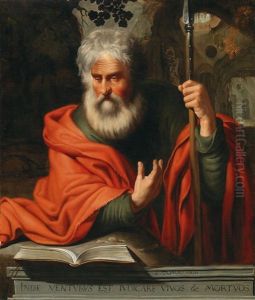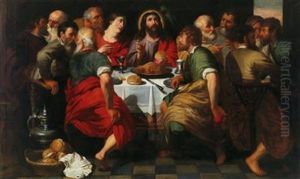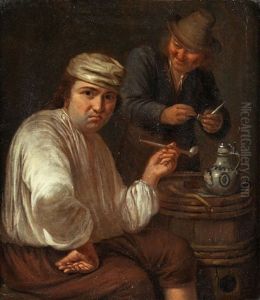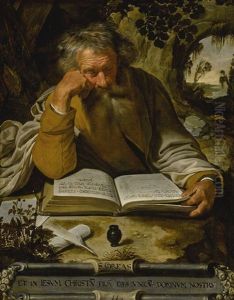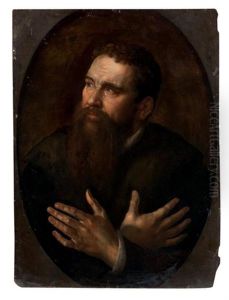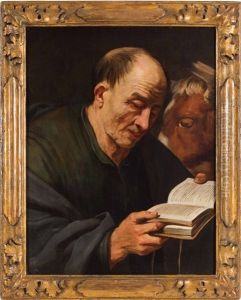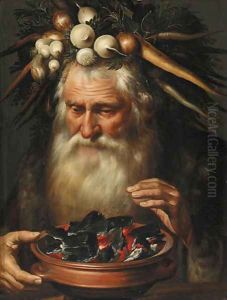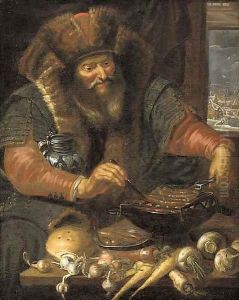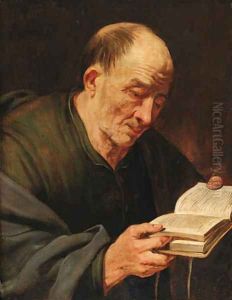Artus Wolfaerts Paintings
Artus Wolffort, also known as Artus Wolfaerts, was a Flemish painter of the Baroque period, born in 1581 in Antwerp, then part of the Spanish Netherlands. His work is characterized by its religious themes and historical subjects, and he is known for his skillful use of chiaroscuro and his ability to render textures in his paintings.
Wolffort received his artistic training in the workshop of the prominent Antwerp painter Otto van Veen, who was also the master of Peter Paul Rubens. Although there is no evidence that Wolffort and Rubens collaborated, they were contemporaries in the thriving Antwerp art scene, and it is likely that they influenced each other's work.
After completing his training, Wolffort became a master in the Antwerp Guild of St. Luke in 1603. He quickly established himself as a sought-after artist for religious commissions, working for local churches and the aristocracy. His style was initially heavily influenced by the late Mannerist tradition but gradually evolved to incorporate the more dynamic and realistic approach of the early Baroque.
Despite the high regard in which he was held during his lifetime, Wolffort's reputation did not endure as strongly as that of some of his contemporaries. Nevertheless, he left behind a considerable body of work, including altarpieces, such as 'The Adoration of the Magi' in the St. Janskerk in Mechelen, and 'Christ on the Straw', which displays his refined use of color and skill in composition.
Artus Wolffort continued to work and contribute to the cultural life of Antwerp until his death in 1641. His works can be found in various museums and collections across Europe, offering insights into the transition from Mannerism to Baroque within Flemish painting.
